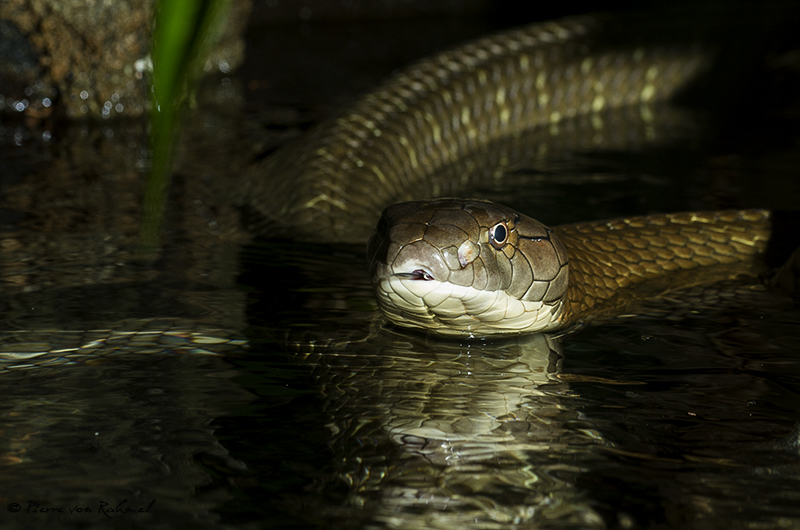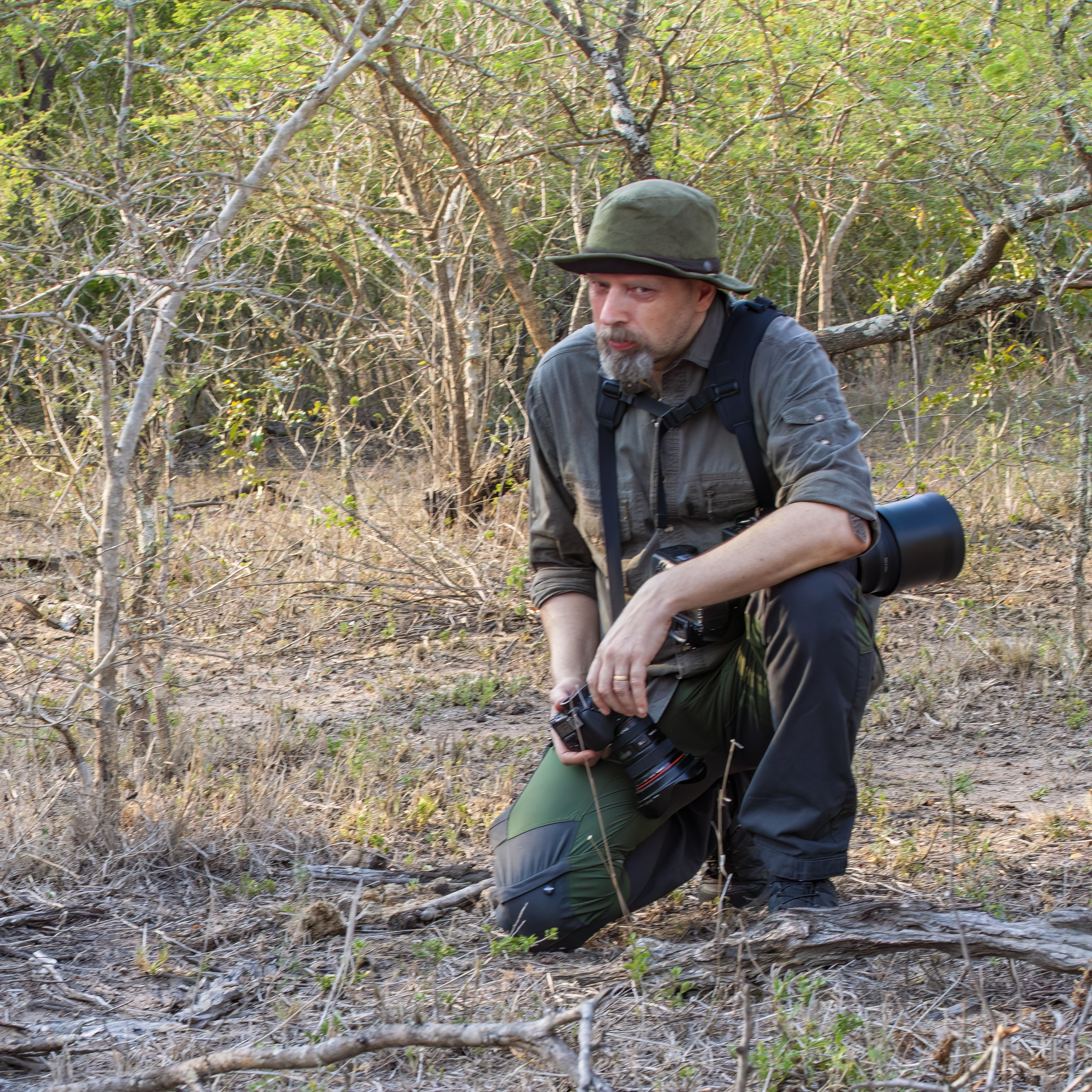
WELCOME TO THAMNOPHIS



Meet The Team
-

Pierre von Rahmel
I´m a Wildlife & Nature photographer from Stockholm, Sweden.
Author, webmaster and creator of
BERUS Herp Magazine.
Welcome to visit www.vonrahmel.se -
Leif Westrin

I´m a Wildlife & Nature photographer from Stockholm, Sweden.
Author and creator of BERUS Herp Magazine.
General advice on keeping Garter snakes
-
Terrarium:
Due to the relative small size of the Garter snake it does not need a very large terrarium. As a rule of thumb inspection of the lenght of the adult is adequate e.g. if the snake is approximately 80 cm long a terrarium of dimensions 80x40x40 [cm]; if possible a greater height is desirable since Garter snakes are mobile and do climb especially species like T.sauritus and T.proximus have preference for lying on branches were a good view of the surroundings. A spotlight serving as heat source positioned above their basking spot is fully sufficient since the animals quickly learn where the site providing them with heat and light is located – animals from temperate zones are generally clever animals [author’s remark]. All the talk about Thamnophis not basking are refuted in full force – they have the same basking needs as any Common Grass snake.
Arranging the interior of a really good Thamnophis terrarium is simple: Good bottom substrates are: Aspen, Beech and Alder litter. Refrain from using peat, sand, earth and peat dust because these materials are likely to cause bacterial infections. If the animals live too moisty skin problems are likely to arise but this can be avoided by spraying a few times a day instead of keeping them in a permanently moist environment – provided that is that the water sprayed dries up during the day. A little moss ontop of the substrate is appreciated by the animals and prevents the substrate from sticking to the food whilst eating so that they can crawl around as they wish. Insert a few branches also – greatly appreciated by the Garter snakes.
Garter snakes greatly enjoy swimming and therefore a good sized water bowl is recommended. As a rule of thumb the animal should be able to fit inside the bowl which should be cleaned on a daily basis since the snakes are prone to dispose of their faeces in the water.
The construction of the terrarium must be escape proof since the small buggers are champions in the art of escape. Stick to the rule that a gap no larger than 1 mm keeps you on the safe side. Keeping in mind that these snakes are livebearers and the juveniles are thin as matches just a few grams of weight at birth you surely understand of a well ceiled. The terrarium should be placed in a light environment.
Feeding:
In nature the opportunistic Thamnophis species feed on a wide array of prey such as fish, frogs, snails, worm and in some cases mice, young birds and lizards. In captivity of course much of these prey items cannot be offered not uncommonly for nature conservation reasons since many are protected. But fear not – there are many good alternatives such as fish, meat and ”dhaabl” with emphasis on ”a” (herpetological slang for earth worm).
An important rule to be kept when it comes to feeding with fish is that one should never feed the snakes with fish species living in salt water such as cod and herring since they contain high levels of the enzyme Thiaminase which inhibits the body’s capability to absorb Vitamine B and subsequently causes damage to the skeleton and nervous system and in late stages death. One could put it this way: Bad fish=Fish living in salt water e.g. cod and herring and Good fish=fresh water fishes e.g. Barch and Pike – but there is a catch! Now you’re thinking that there are Bleak, Roach and common Carp in the lake so they should be fine. Negative, because the are carp fishes (Cyprinids) and these in general have high levels of Thiaminase. Fortunately, there is an emergency solution: one can heat the fish to a temperature of +80 degrees Centigrade whereby the Thiaminase breaks down and the fish can safely be served after cooling. Perch and Pike are Swedish fishes found in lakes which you can offer raw - although I do recommend freezing the fish for a few days to whipe out any potential parasites besides it is easier to cut the slices halv frozen. Familiarly, meat can be found in a wide variety but the most common is feeding with pork or oxe heart, frozen and thawed mice or rat pinkies is usually also appreciated, more exotic meat to feed with is what the forests offer the Swedish hunter such as roe dear and pigeon. In the case of roe dear kids are preferable whose meat is tender and easily digested and as in the case of fish all the meat should be frozen and thawed before serving to avoid parasites.
Increments in the form of calcium for feeding is an essential to all sliced food in order to ensure the need of calcium of the snakes. Supplementary vitamines do no harm, B- vitamines are very important for Natricines and especially Garter snakes to prevent the harmfull effects of Thiaminase and besides they do increase the appetite of the snake. The vitamines can be added to the food or through the drinking water. Vitamine B can also be injected by a veterinary in the case of emergency when the animals have been exposed to Thiaminase. There are good Vitamin increments readily available on the market.
Hibernation:
To be able to generate offspring the snakes need to hibernate a few months in winter. For most southern species turning off the lights is sufficient but for more northern species temperatures of +5 – +10 degrees Centigrade are required to achieve results. It is important that the animals have access to clean and cold drinking water during the whole hibernation peridiod to prevent dehydration. When emerging from hibernation it is important not to feed the animals during the first week after the end of the hibernation period prior to warm-up of the animals, bathing and drinking in order for the animals to restored there fluid balance adequately.
Finally, these recommendations are relativily brief and to increase your knowledge further I advice you to join any of the Swedish herpetological societies such as Sveriges Herpetologiska Riksförening or Amazonas to meet other like-minded people. For a cost of a mere 20 SEK a month to secure the future of Swedish herpetology.
A worthwhile cause – unity gives strenght!
Leif Westrin 2007